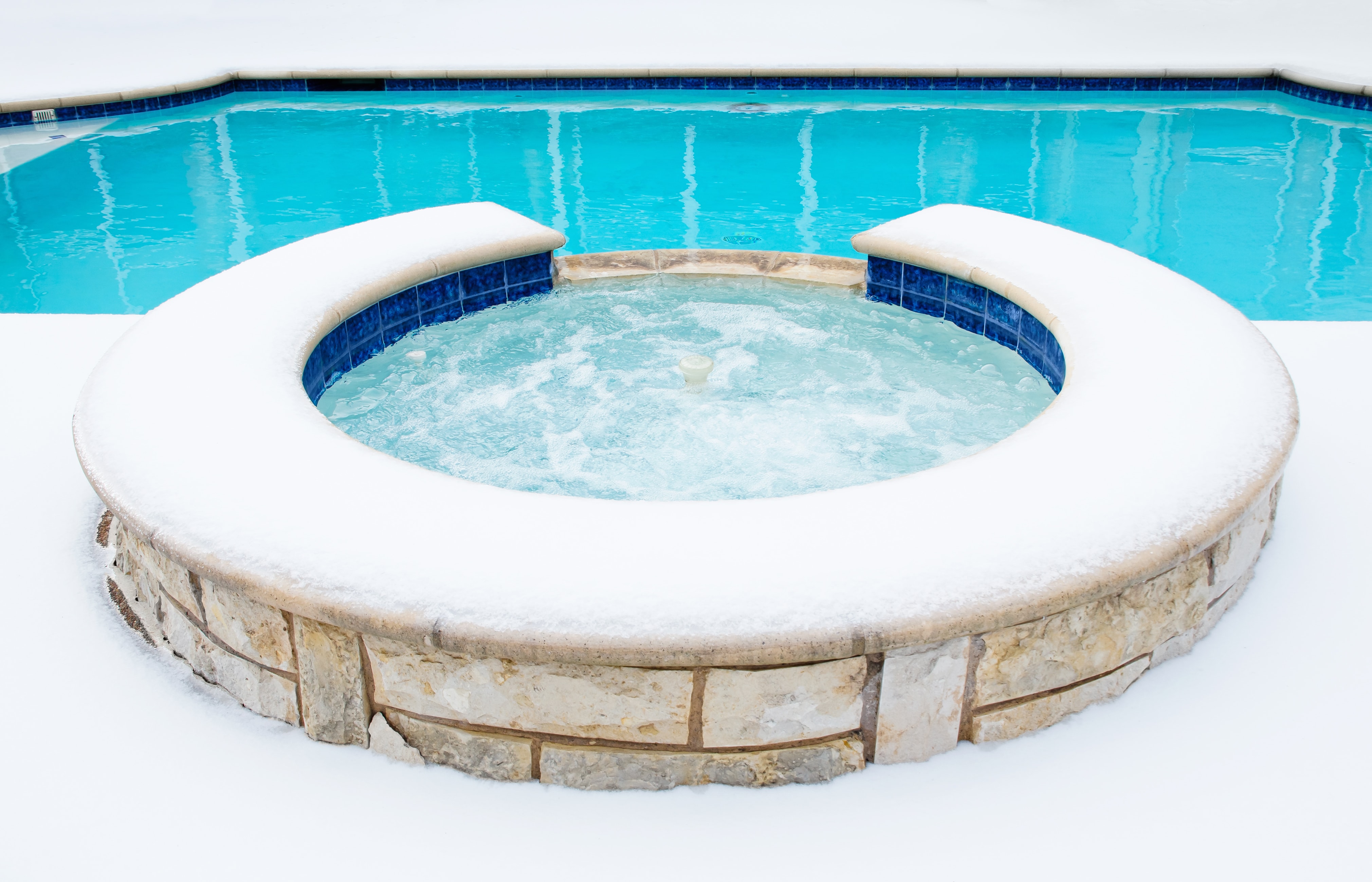How to Close a Pool for Winter: A Simple Guide
February 06, 2020 at 10:00 AM

“How do you close a pool for winter?” is a question that our pool pros answer often. Though we always encourage getting winterization assistance from a pool professional, we’ve put together a simple guide to show you what to expect during the process.
Closing a pool for winter varies a bit depending on your region. For warm-weather locales like California and parts of the south, the main winterizing step is lowering filtration times from 12 to 6 hours. For any location where periodic or prolonged freezing occurs, however, there are some standard steps to follow.
So You Want to Close Your Pool for Winter?
Remember to check your pool cover to ensure that it’s working properly and to thoroughly clean the pool floor, walls, and waterline before you prepare to close your pool. Here are the steps any pool pro will check off their list when preparing to close a pool for the season:
- Remove pool equipment: Skimmer baskets, ladders, automatic cleaners, and any other detachable pool equipment are removed from the pool for the winter and stored in a safe, dry place. Care should be taken to not damage any wiring and connections used for bonding and grounding.
- Blow and plug the lines: First, air is blown through the lines to force all the water out. Then each pipe is sealed with the appropriate-sized plug to keep water out throughout the winter.
- Add pool winterizing chemicals: Pool closing chemicals, including algaecide and shock chemicals, are crucial to help slow the growth of algae come spring. The pool is typically shocked a few days before closing it for the season. A couple days after shocking the pool, the chlorine should be measured and adjusted to 1 to 3 ppm (before the pool is covered). Chemicals should be added periodically throughout the winter to avoid algae blooming when the water warms up.
- Cover your pool: With an automatic pool cover, this step is often as simple as pressing a button. Remember that solid pool covers can accumulate water and snow, so make sure a pump is installed on top to remove any liquid from the cover. Debris on the cover can stain, too, so clear leaves and debris from time to time.
Did You Know?
One of the most overlooked issues when getting ready to close a pool is emptying water from your pipes. Make sure this is done by your pool pro, even if you live in an area you think won’t freeze. One bad freeze is all it takes to damage your pipes or pumps!
Certain pool controllers feature freeze protection, which detects when the air temperature drops below a certain point and activates the pump to avoid water freezing in the pipes. For regions where fully closing a pool for winter isn’t typically required, this is a helpful feature to have as a precaution against an unexpected overnight freeze. Zodiac® and Jandy® controllers have freeze protection built in. If your system doesn’t have this feature, make sure to watch the weather!
Concerns? Let the pros handle it. The cost of pool winterizing by a professional pales in comparison to the cost of repairing burst pipes and pumps or other damages from an improperly closed pool.